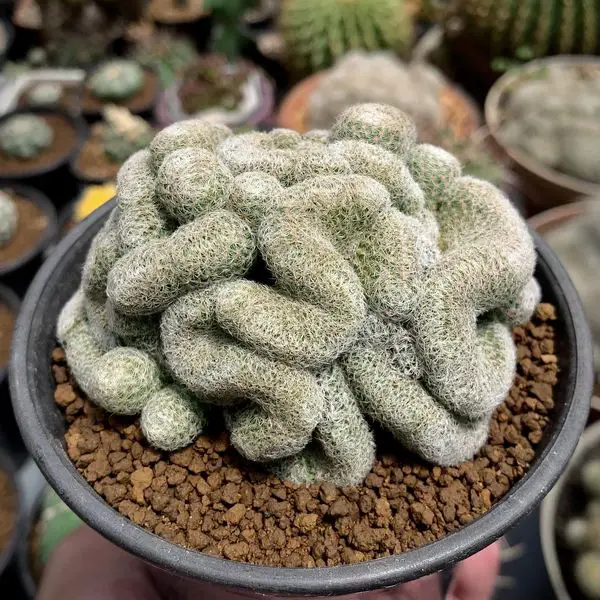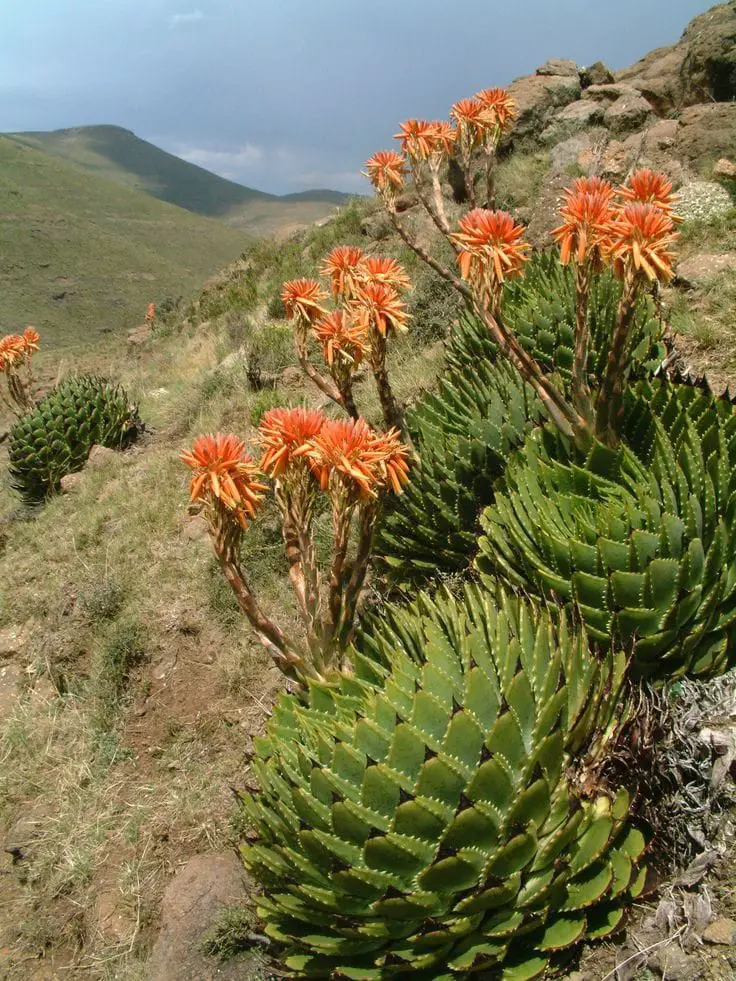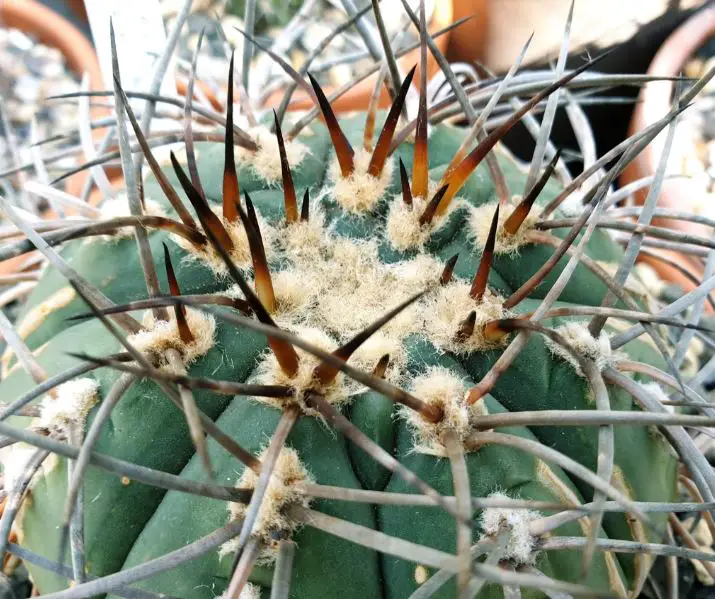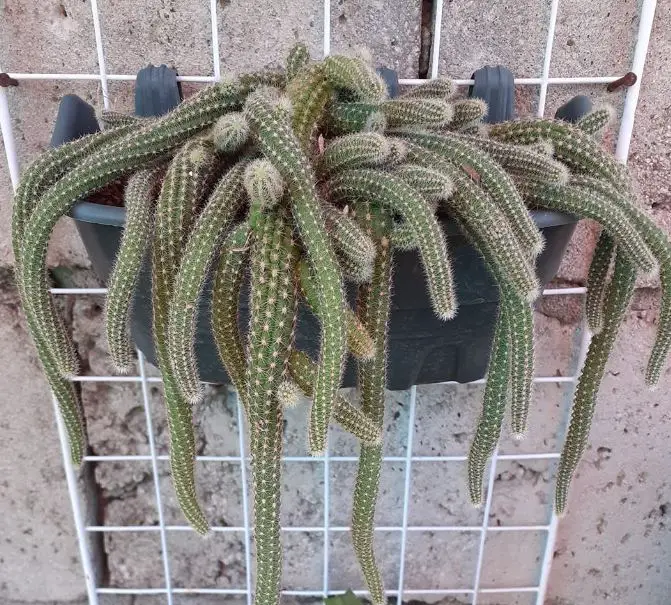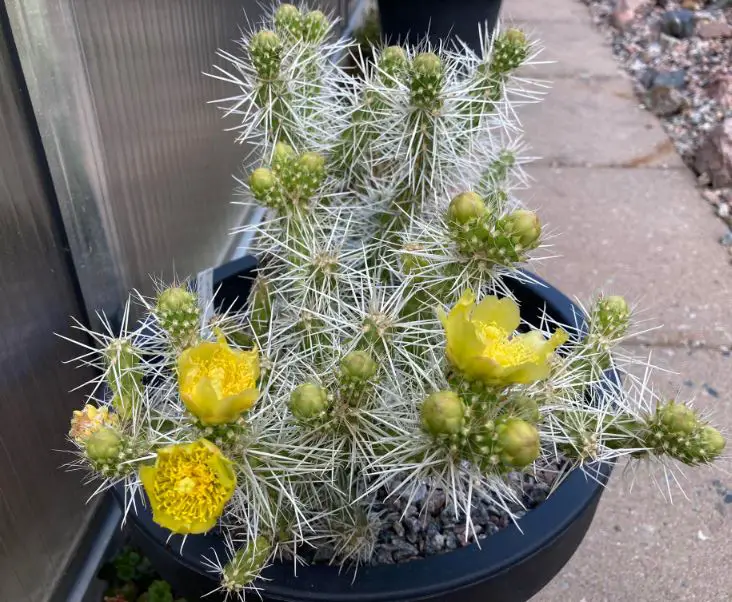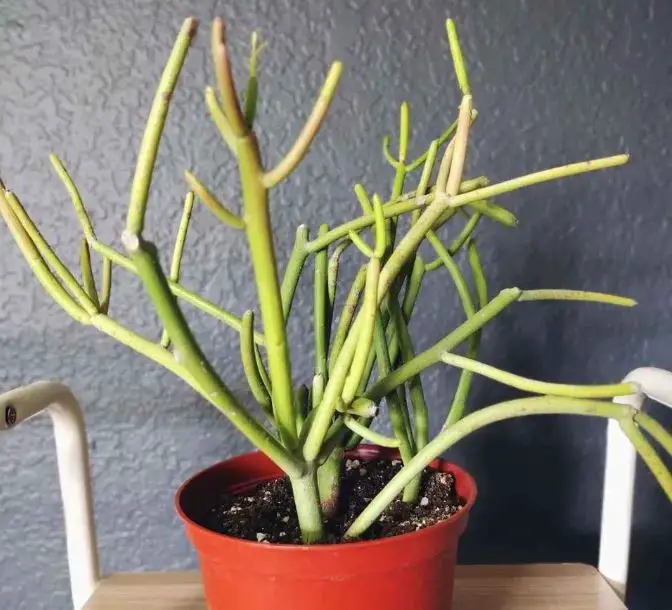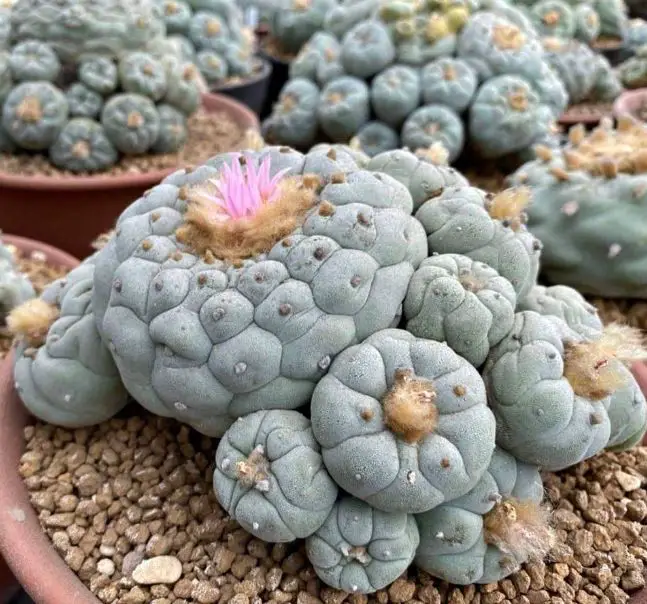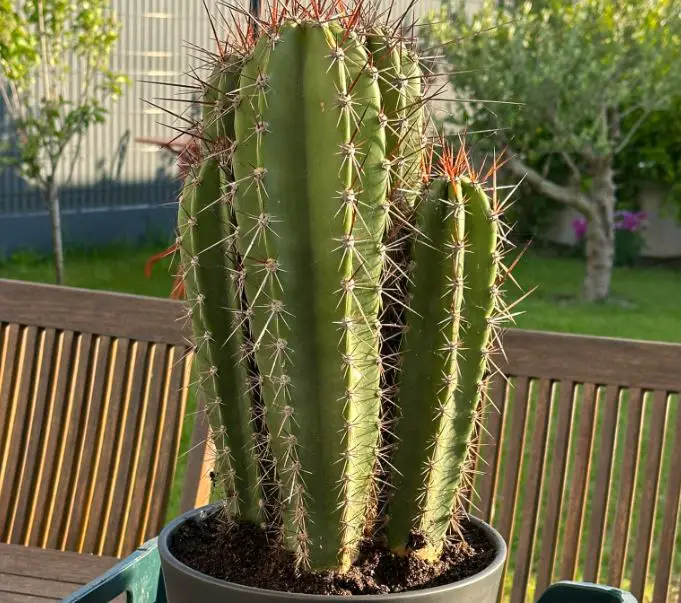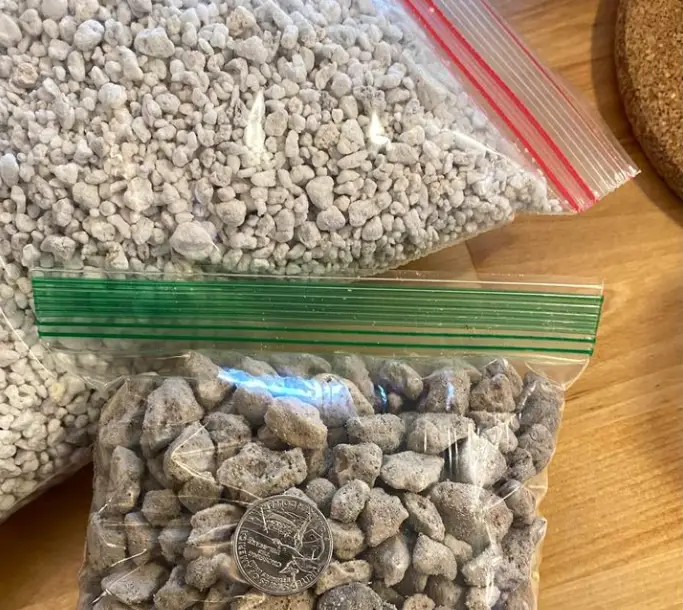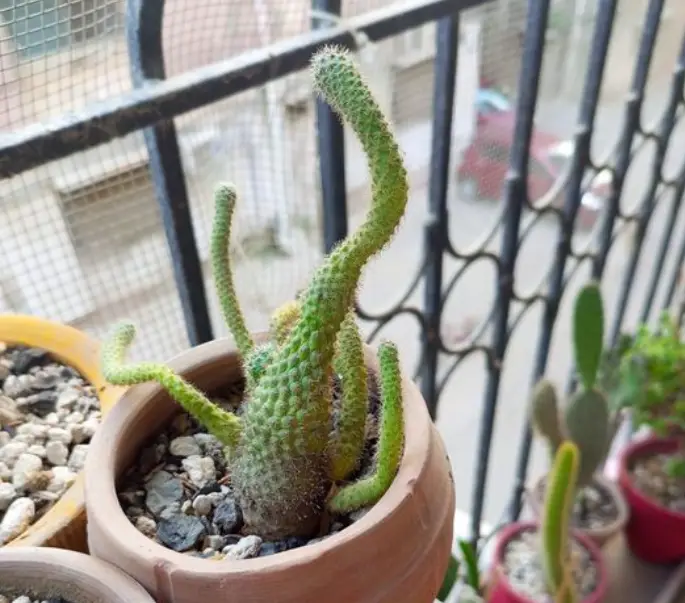This Cactus That Looks Like Brain: Identification and Care Information
The Brain Cactus (Mammillaria elongata Cristata) is a unique plant that looks like a human brain or a clump of worms. The crested shape is as a result of mutation that causes its stems to grow in a fan-like shape. It’s a visually striking plant perfect for bonsai or Halloween decorations. Originating from Mexico, this…
